Benzynes perform remarkably selective reactions with natural products that lead to uniquely complex compounds

‘It is a misconception that highly reactive is a synonym for unselective,’ says Thomas Hoye from the University of Minnesota, US. His team has just shown that reactive benzyne intermediates can perform defined reactions with natural products to make structurally complex new compounds.
Benzynes are aromatic rings with an additional double bond – often depicted as benzene with a triple bond. As a result, it is difficult for the aromatic to accommodate two extra electrons, making benzynes extremely reactive; they attack nucleophiles, alkenes and even react with themselves.
Hoye and his team found that benzynes can be remarkably selective, forming just one or a few easily separable products in reactions with compounds like vitamin E, estradiol or brucine. This type of reaction could give scientists access to a huge number of diverse compounds as it rapidly adds structural complexity to any starting molecule.
The trick is to generate benzynes not under harsh conditions – by adding strong bases, for example, that tend to add waste and induce undesired side-reactions – but by simply heating an acyclic precursor to 85°C. Making benzynes through this hexadehydro-Diels–Alder reaction, ‘has given us the opportunity to uncover new modes of reactivity’, says Hoye.
Though in some cases the reactions generate several regioisomers, they require no excess of any reagent and don’t form large amounts of waste products. ‘We’re not flooding the reaction with an excess of natural product,’ explains Hoye.
This work ‘is opening our minds up to benzynes and their discriminant reactivity’, says Kay Brummond, an expert in natural product synthesis from the University of Pittsburgh, US. ’There are not a lot of complexity generating late-stage functionalisation strategies to compounds that show such selectivity,’ she adds.
However, ‘the skeletal changes that are happening can be challenging to visualise during retrosynthetic analysis’, says Brummond. Hoye’s benzyne chemistry changes any structure so profoundly in a single step that chemists might have difficulty incorporating the reaction when planning a natural product synthesis.
Hoye’s team is now working on three-component reactions, in which a benzyne traps two different compounds and unites them in a new molecule.
References
S P Ross and T R Hoye, Nat. Chem., 2017, DOI: 10.1038/nchem.2732





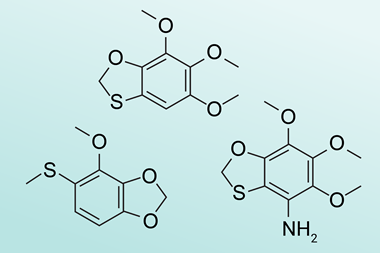
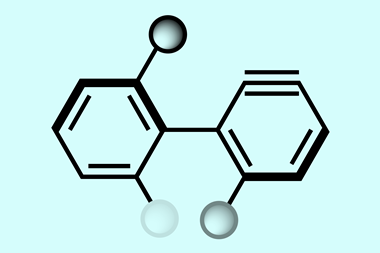
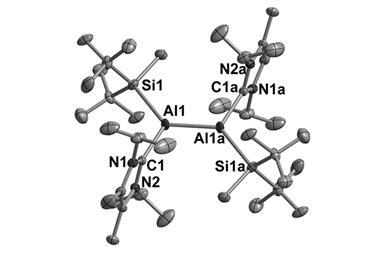
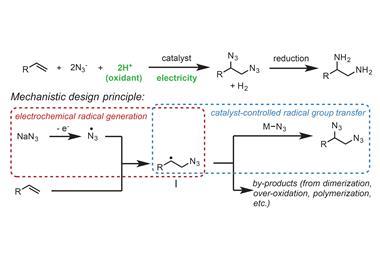
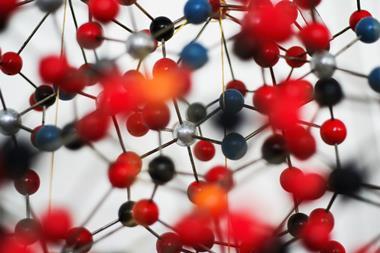







No comments yet